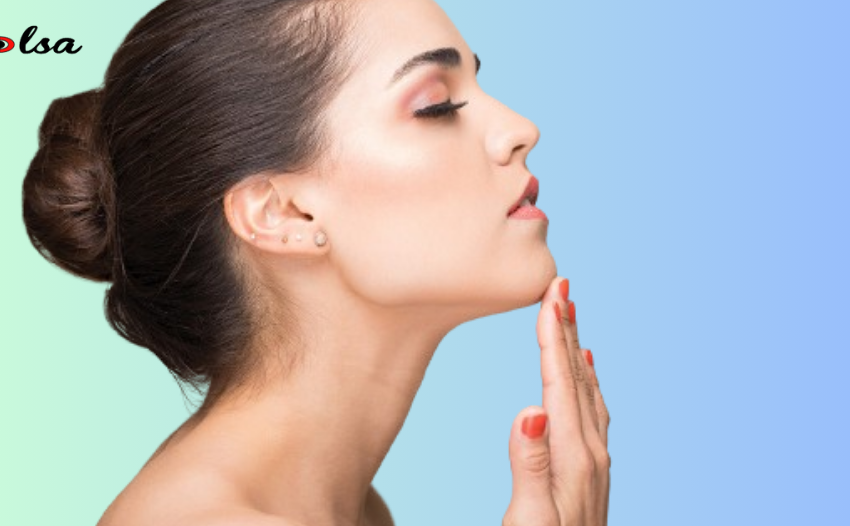What do these red dots on your skin mean?
You may have already noticed an unexpected eruption on your skin commonly referred to as “ruby spots” – a one-time event. While these red dots are often quick to catch our attention, they are also quick to appear and disappear. It is important to understand that these red dots are benign growths associated with aging, not cancerous, and although they are not related to sun exposure, regular monitoring and checkups are recommended.
In this article, we aim to provide you with additional information about the different blood vessels that these red dots may represent, in the hope that it will be useful in your daily life.
Five facts about red dots:
The appearance of red dots on the skin has become common among people between the ages of 40-45 years, but this does not mean that they are present continuously throughout the person’s life or childhood.
It is advisable to take quick action as it is best to treat these red spots in their early stages. They are brightly colored and can be aesthetically distressing.
Surgical procedures are often used to remove hereditary “ruby spots” inherited from parents.
Skin smart spots refer to small dilations caused by swelling in areas of blood vessels, similar to varicose veins but oriented differently on the skin.
It is important to note that these tumors are benign, which are microscopic clusters of melanocytes found on the hands that, unlike moles, do not turn into malignant cells.
Red skin spots and spots:
Understanding that red dots or color changes may appear on the skin is crucial. Expect differences, including:
Rosacea (or Chooperose): manifested by dilation of small blood vessels, resembling vascular spiders, and is often caused by temperature changes or pregnancy.
Vascular variants: birthmarks with a reddish or variegated color.
These hair irregularities may extend to the face or body. It is recommended to monitor changes.
Response to red dots:
We repeat that these red dots are not cancerous, but they require regular examination and monitoring. Key considerations include:
Quantity and location: Ensure that it does not appear in large quantities in specific areas.
Pain or itching: If the red dots cause discomfort, itching, or pain, consult a doctor.
Bleeding: The red dots should not bleed. If bleeding occurs with minimal contact, seek dermatological advice.
Color and shape: Pay attention to changes in color, rough edges, or any irregularities in the appearance.
Dealing with red dots:
While red dots do not pose any major health risk, some can be uncomfortable, especially when exposed to them. Most importantly, trying to remove them at home using natural remedies is dangerous. Leave this to the professionals:
Size: Red dots that are 6 or 7 mm in size should not be squeezed or manipulated at home. Consult a dermatologist for safe removal.
Treatment options: Dermatologists usually use laser, electrocautery, or electrolyte treatments to safely remove red dots and prevent recurrence. This technique is considered safe and effective.



